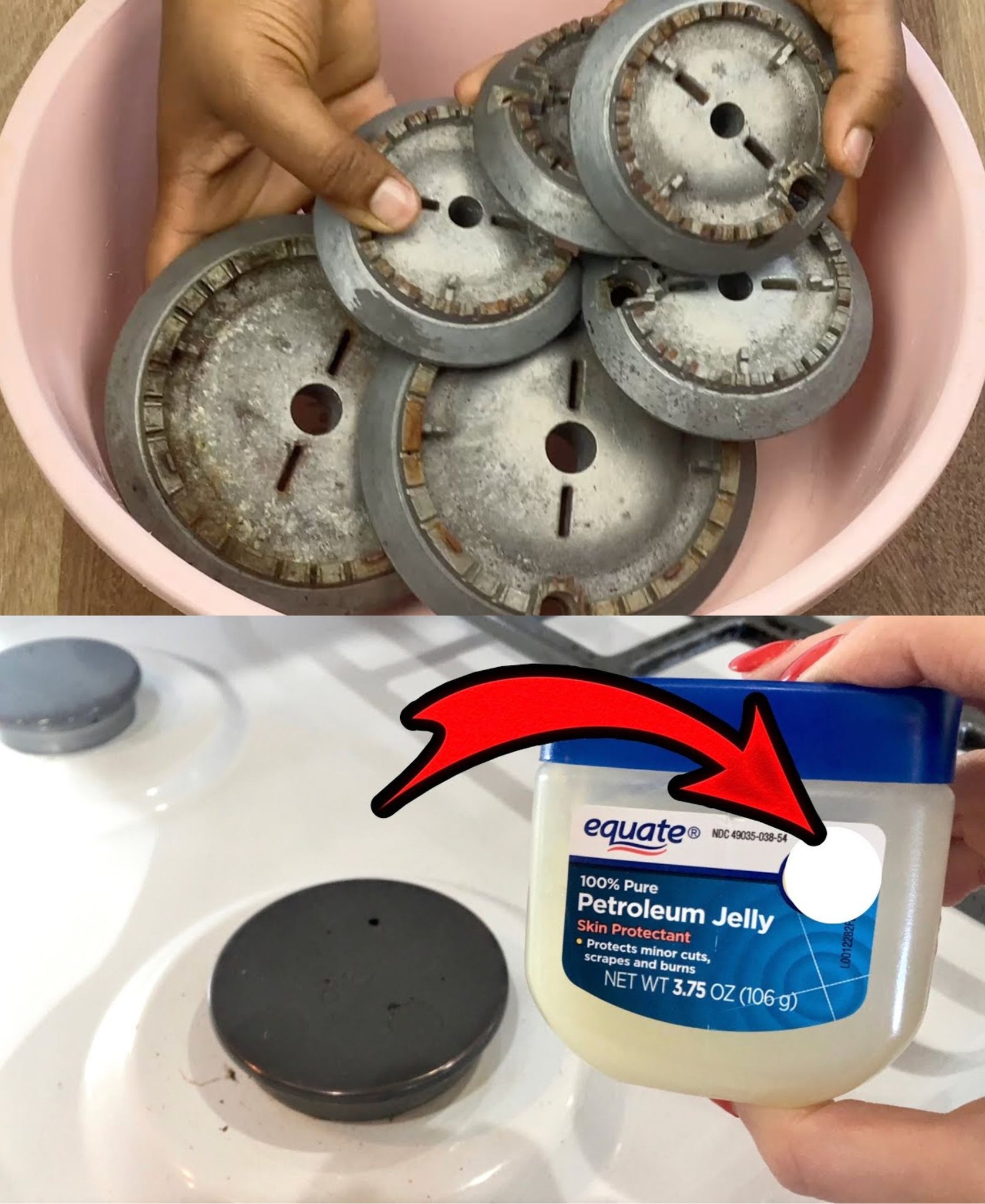ADVERTISEMENT
### Step 4: **Spray Vinegar Solution**
While the baking soda paste is sitting on your stove, fill a spray bottle with equal parts white vinegar and water. Shake the bottle to mix the solution.
Once the baking soda paste has had time to sit, spray the vinegar solution directly onto the paste. You’ll notice a fizzy reaction as the vinegar interacts with the baking soda. This fizzing action helps lift stubborn grime and makes it easier to scrub away.
Allow the vinegar solution to sit for a few minutes to fully react with the baking soda and grease. If you have particularly stubborn spots, you can leave the solution for a bit longer to allow the ingredients to work their magic.
### Step 5: **Scrub and Wipe Clean**
After letting the vinegar and baking soda sit, it’s time to scrub the stove. Using a microfiber cloth or a sponge, gently scrub the stove in circular motions. The abrasive texture of the baking soda will help lift any remaining grease or grime without scratching the stove’s surface. For tough spots or corners, use a toothbrush or small brush to get into the hard-to-reach areas.
As you scrub, you should notice that the grease and stains are lifting off easily. Don’t worry if you see some residue on the cloth or sponge; this is simply the grease and grime being removed.
Once the surface is clean, use a damp cloth or sponge to wipe away any remaining baking soda and vinegar solution. If necessary, rinse the cloth under warm water to remove any excess solution. Continue wiping until the stove is clean and free of residue.
### Step 6: **Polish the Stove**
For a final touch, you can polish your stove to restore its shine. Simply take a clean, dry microfiber cloth and wipe down the stove’s surface in circular motions. This will help remove any streaks and give your stove a glossy, like-new appearance.
You can also use a small amount of olive oil or a specialized stove polish if you prefer a more glossy finish. Just apply a small amount to the cloth and buff the surface until it shines.
—
## Additional Tips for Specific Stove Types
Different types of stoves and hobs require different cleaning techniques, so it’s important to adjust your cleaning approach based on the type of stove you have. Here are some additional tips for cleaning specific stove types:
### 1. **Gas Stoves**
Gas stoves have burners with grates that can easily accumulate grease and food residue. To clean these, follow these additional steps:
– Remove the burner grates and caps.
– Soak them in warm, soapy water for a few minutes to loosen any debris.
– Use the baking soda paste to clean the surface of the grates, then scrub them with a brush or sponge.
– For the burner caps, use a toothbrush to clean any hard-to-reach areas.
### 2. **Electric Stoves**
Electric stoves, particularly those with coil burners, require a little extra attention. Here’s what you should do:
– Remove the coils and soak them in warm, soapy water.
– Use the baking soda paste on the stove surface, but avoid applying it directly to the coils.
– After cleaning the stove surface, wipe down the coils with a damp cloth, ensuring they are dry before reattaching them.
### 3. **Induction Hobs**
Induction hobs require a gentler touch, as the surface is often more sensitive to abrasive cleaners. To clean your induction hob:
– Use a soft microfiber cloth or sponge.
– Apply a mixture of vinegar and water to the stove surface and wipe it clean.
– Avoid using harsh abrasives or scrubbers, as they can scratch the surface.
—
## Preventative Maintenance Tips
While regular cleaning is essential, there are a few steps you can take to make cleaning your stove even easier in the long run:
1. **Wipe Spills Immediately**: After cooking, quickly wipe up any spills or splatters before they have a chance to harden and set in. This will prevent stubborn stains from developing.
2. **Use Stove Protectors**: Consider using stove protectors or liners that can be placed under burners. These protectors catch any drips or spills, making cleanup much easier.
3. **Keep a Regular Cleaning Schedule**: Aim to clean your stove once a week or after every few uses. Regular maintenance will keep it looking fresh and prevent the build-up of tough stains and grease.
4. **Use Lids While Cooking**: Using lids on pots and pans can help prevent splatters, reducing the amount of mess on your stove.
—
## Conclusion
Cleaning your stove and hob doesn’t have to be a time-consuming or frustrating task. With just a few simple ingredients—baking soda, white vinegar, and a little dish soap—you can quickly restore your stove to its pristine, like-new condition. By following the step-by-step guide in this article, you’ll have a spotless, gleaming stove in no time, without the need for harsh chemicals or excessive scrubbing.
Whether you have a gas stove, electric stove, or induction hob, this fast cleaning trick works for all types of cooking surfaces. Regular cleaning not only improves the appearance of your stove but also helps maintain its functionality and longevity. So, next time you need to clean your stove, remember this fast and easy method for a sparkling, fresh cooking surface.
